Innova
5. Innova
pHill, a medical device created by UPF students to facilitate the diagnosis of gastroesophageal diseases
The innovative idea, developed as part of a subject from the bachelor’s degree programme in Biomedical Engineering, was awarded a prize of €5,000 by the university’s Board of Trustees so it can follow a development plan and be brought to market. In the subject, students have to identify a need in the clinical sector and propose a technical solution, which may consist of a physical device, software or a combination thereof.
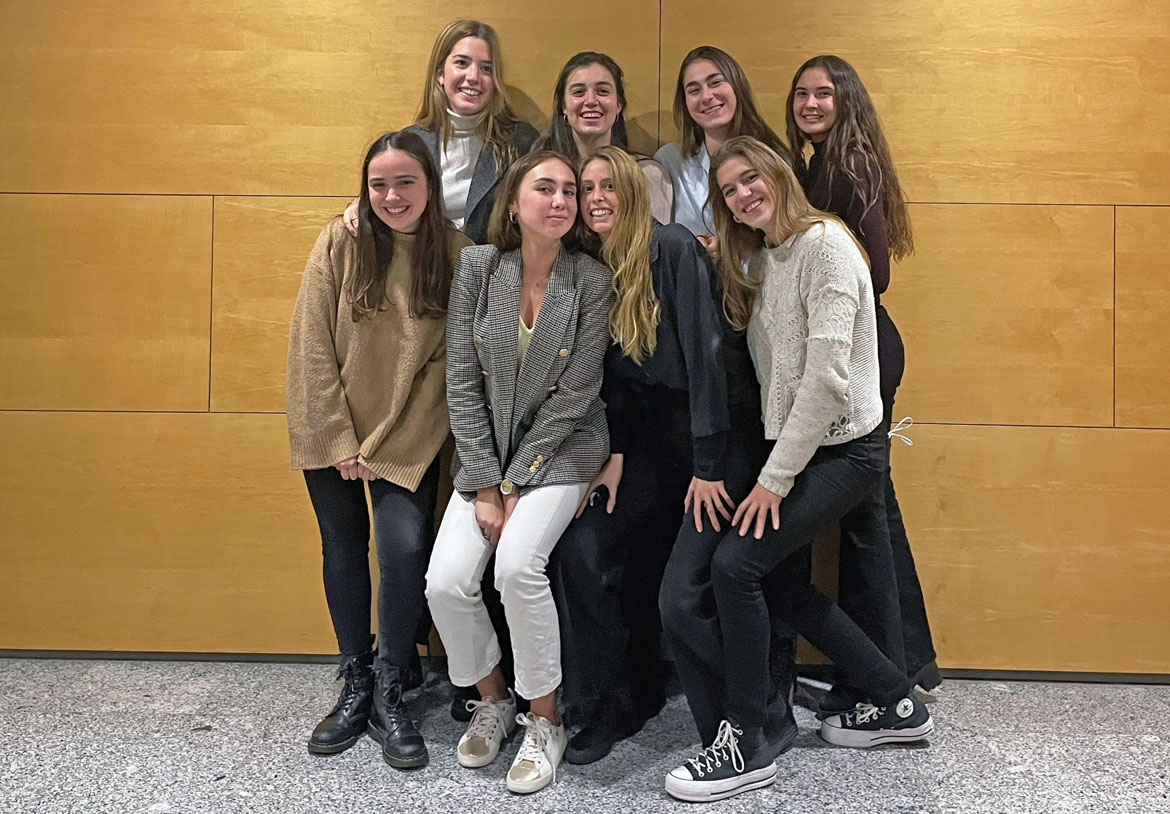
Each year, students on the UPF bachelor’s degree programme in Biomedical Engineering develop innovative medical devices as part of the subject ‘Introduction to Medical Devices and Their Design’. Until this year, once the device had been designed, students had to conduct a market study and seek options to patent their idea in order to secure fictitious funding. According to Antoni Ivorra, a lecturer in the Department of Information and Communication Technologies (DTIC) at UPF and the person responsible for the subject, this year, in contrast, the funding has become a reality. ‘The last three years, students competed for a hypothetical €25,000 prize, but the vast majority of initiatives never made it out of the subject. As an incentive for students in the development of their model, this year, the UPF Board of Trustees got involved, offering a €5,000 prize for the best project.’
‘Students spend a couple of months devising a medical device to meet a clinical need. They analyse regulatory, intellectual property, commercial and business aspects, perform proofs of concept, and prepare a proposal for future development in order to be eligible for the prize’, Ivorra explained.
The winning team this year was made up of the students Maria Fisa, Olga Capmany, Natalia Castillo, Ona Grau, Berta Padilla, Anna Pellisé, Maria Pujol and Paula Serra. They received a financial injection from the Board of Trustees to make their project ‘pHill’ a reality. ‘We are looking at a great challenge’, they said. The project’s name – a portmanteau of the words ‘pill’ and ‘pH’ – holds the key to how it works. ‘The word pill is a reference to our device's capsule format; pH is what it aims to measure in order to diagnose gastroesophageal diseases’, Fisa explained.
For the last three years, students competed for a hypothetical €25,000 prize, but the initiatives never made it out of the subject. To provide an incentive for students, the UPF Board of Trustees got involved, funding a €5,000 grant.
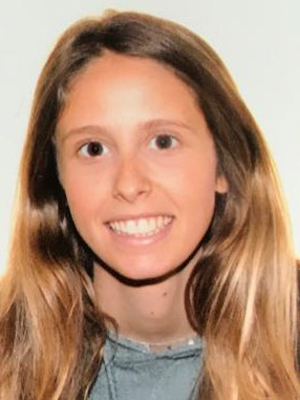
Anna Pellisé
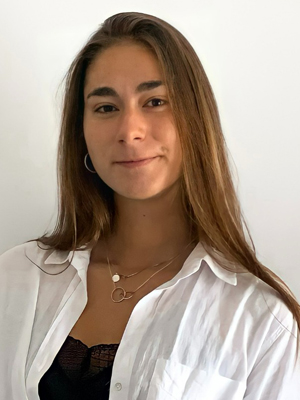
Berta Padilla
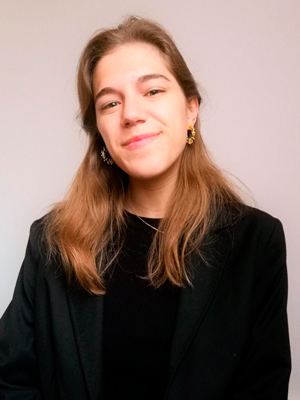
Maria Fisa
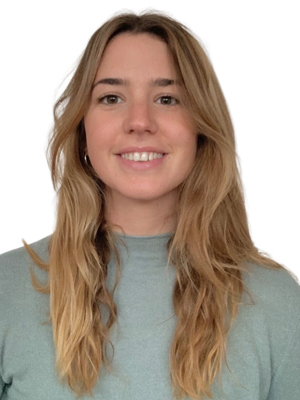
Maria Pujol
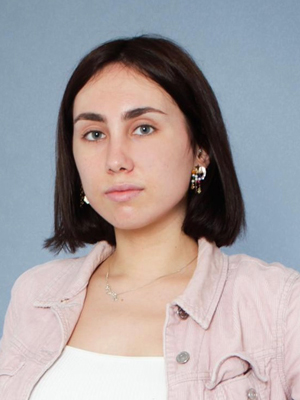
Natalia Castillo
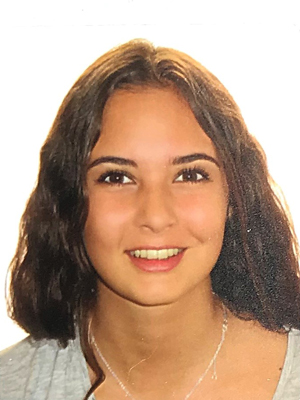
Olga Capmany
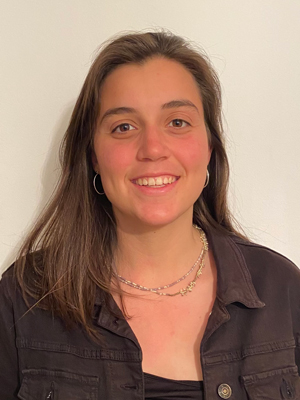
Ona Grau
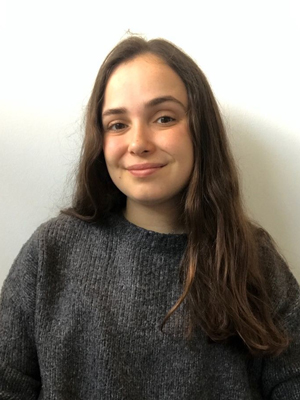
Paula Serra
Their idea is thus to create an innovative device for performing pH-metry tests, currently performed with oesophageal probes, ‘in a way that is much more comfortable for the patient and much easier for doctors and healthcare workers to use and place’, Serra explained. This improvement would be achieved through a capsule. ‘The fact that it is more comfortable for the patient will also make his or her life easier and enable much more accurate measurement of the reflux’, said Grau.
According to Serra, ‘We have always worked together; from the first e-mail for the subject, we already knew what the atmosphere would be like.’ She added, ‘At no point in the process did we imagine we could win this award.’ As Fisa explained, the challenge now ‘is to shift our mindset, because whilst we do view it as a project that goes beyond the academic context, we are still approaching it as if it were a university project’.
‘Anna’s [one of the team members] aunt told us that she had this need at work when it came to performing this test’, said Fisa. ‘We stayed in contact with her and began to investigate. We looked at the most common problems with oesophageal probes and, from there, began to devise a new version that would be more beneficial for both the patient and the doctor’, Fisa continued.
Whilst we do view pHill as a project that goes beyond the academic context, we are still approaching it as if it were a university project
‘We were pretty lost at first, but little by little the project took shape, and with the feedback from the medical staff and the teacher, it became increasingly clear that we were developing something that could one day become a reality, and that we had a chance’, Berta Padilla said.
Now, with the prize, the group aims to patent the idea and achieve the final goal, in the words of Fisa, ‘to bring the project to market, get it up and running and for hospitals to want to use it’. At present, they are focusing on patenting it thanks to the money received for the Board of Trustees prize, and on continuing to improve the project. ‘We did a decent project for the subject, but there are still many aspects that can be improved, and we have to continue to research’, said Serra.
We want to patent the idea, bring it to market, get it up and running and for hospitals to want it
In order to make it a reality, the group of students plans to be better prepared. ‘We want to enter competitions and apply to business innovation programmes and gain recognition in order to further improve the idea’, said Serra. ‘Before asking large companies or business agents for support, we need the backing of someone who trusts us’, said Padilla.
Biomedical engineering: training that promotes transdisciplinarity
‘The world of bioengineering prepares professionals at the intersection of disciplines, such as the current needs in the biomedical and technology fields’, said Montserrat Vendrell, chair of the UPF Board of Trustees. This training in fields such as technology, physicochemical sciences and biomedicine instructs students in the understanding and diagnosis of human diseases, as well as the design and construction of possible medical devices to treat them. Therefore, Vendrell explained, ‘the Board of Trustees has to make sure to promote grants for UPF initiatives that are useful to the society that funds them, as is the case of this subject from the Biomedical Engineering programme’.
The importance of the role of biomedical engineers in society, coupled with the need to offer quality education, is what prompted the Board of Trustees this year to fund, for the first time, a €5,000 prize for the winners behind the pHill project. According to Vendrell, ‘The best way to train professionals in the biomedical engineering sector is with incentives for initiatives like the pHill project, so that the generation of new ideas for medical devices has an application in the professional future.’
Training in biomedical engineering instructs students in the understanding and diagnosis of human diseases, as well as the design and construction of possible medical devices to treat them
The subject, coordinated for the first time this year by Òscar Cámara, a lecturer in the Department of Information and Communication Technologies, focuses on the first phases of an innovation process. Thus, in addition to covering material related to the world of biotechnology, it includes topics such as intellectual property, business development and regulatory processes. ‘Students identify a need in the clinical sector and propose a technical solution, which may consist of a physical device, software or a combination thereof’, he said.
However, the subject does not follow the model of a traditional master class. Instead, it is taught with the collaboration of various bio-entrepreneurs and engineers linked to the world of medical device research and development, as well as technology transfer experts.
According to Ivorra, ‘The aim of the subject is for the students to do a research project on a health problem that they then have to devise and apply a device to solve. It has a very clear connection to the working world awaiting students once they finish their degrees’, he added.
Finally, once the solution to the proposed problem has been devised, the students have to give a presentation in which they explain the rationale for the project and the possibilities it could have in the working world. Whilst all the initiatives were very innovative, Ivorra explained, ‘The subject’s appeal is not the innovation, but its emphasis on having students defend their idea's potential to attract investment, how it can be sold and what should be protected, before the most realistic panel possible.’
The winning project was selected by a panel of innovation experts and bio-entrepreneurs, people who have created or are in the process of creating start-ups or spin-offs in the same sector. The panel members included Ignasi Belda (CEO of MiWEndo Solutions), Núria Brunet i Garcia (coordinator of knowledge transfer programmes at UPF), Ignasi Heras (co-founder and managing partner of SeedLink Ventures), Javier Jiménez (CEO and founder of NewBorn Solutions) and Antoni Riu (managing director and co-founder of Galgo Medical).
Ongoing support from the university
Currently, the winning team are attending monthly meetings with the Innovation Unit-UPF Business Shuttle team, who are advising and mentoring them as part of the prize they received. The aim is to complement the lessons learnt in the subject with training to help them develop the project on a market scale. Experts in knowledge transfer and entrepreneurship from the platform offer students information and training in legal tools, intellectual property protection, sources of financing, the development of business initiatives and ways of gaining access to markets.
‘For us’, Serra explained, ‘this subject has been an introduction to the business world, a type of knowledge we do not get through our degree programme. The idea of this subject is not just for the medical device to work biologically, but for us to do a market analysis, a company valuation, etc.’ ‘It has been eye-opening for us’, she concluded. According to Fisa, ‘Now we are learning what it means to get started in the professional world, especially as young women. We have months of learning ahead of us, and we are really looking forward to it. We are very grateful to the university for its commitment to student projects and for providing the necessary resources to continue developing them.’
